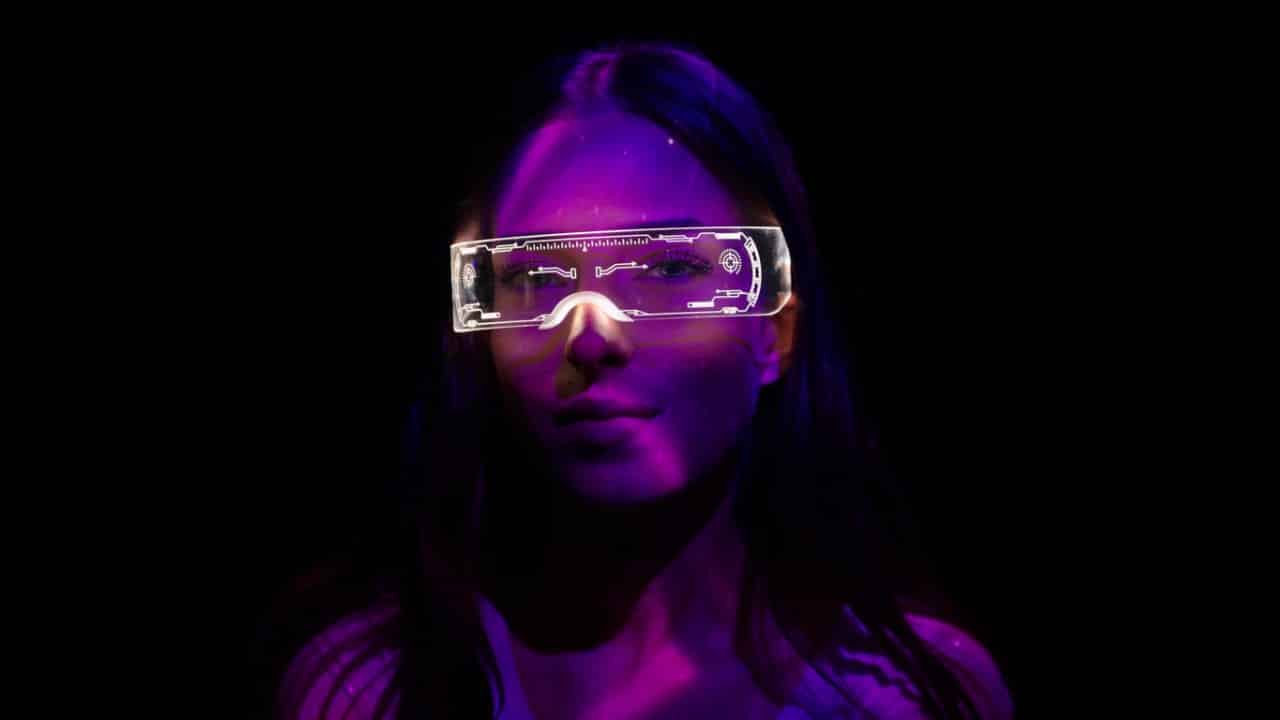Everyone has a different understanding of what the metaverse is, although most people believe that it is the “next level” of the internet.
It promises us an escape into virtual environments where we may work, play, and live without being constrained by the limitations of geography or the physical world. It is more immersive than the existing flat, 2D web and more linked than contemporary social media.
How precisely we will interact with this brave new world is one area where there is doubt or, at the very least, disagreement. To reflect how significant he believes the concept is, Mark Zuckerberg renamed his firm Meta. He is investing heavily in virtual reality (VR) headsets because he believes they will be the standard entry point into a world of completely immersive, 3D experiences. Others, including the creators of the well-known Sandbox and Roblox platforms, assert that flat displays, like those seen in PCs and smartphones, still have a lot of potential. Because the majority of us already own them, there is no need to create friction by needing a costly new hardware purchase in order to participate in the fun.
A third choice centers on fresh augmented reality uses, which in some ways represent a medium ground between the first two options. AR adds digital imagery to the user’s perception of the real world rather than completely submerging them in computer-generated images. It can function on cellphones, as shown by what is probably still the “killer app” for the idea, Nintendo’s Pokemon Go, or the abundance of “funny face” filters on Instagram and Snapchat. However, I think that wearing glasses or a headset to access AR will also become more and more prevalent. This is a use case for a technology that has already been accepted by industry and may appear in a variety of consumer use cases in the near future.
In the metaverse, why AR?
The most fascinating metaverse concepts entail blending the lines between the real and the virtual, which is why I think AR will find its most useful use cases in permanent, online realities. While completely immersive 3D environments will undoubtedly be available for us to work, play, and socialize in, for the majority of us, it won’t be practicable or appealing to spend all of our time donning a bulky headgear that isolates us from the outside world.
With AR and its hybrid cousin, mixed reality (MR), we may continue to be aware of our surroundings while performing jobs that inherently need interaction with the real world. For business purposes, this means that we will be able to organize meetings where coworkers who are nearby and remote workers will both appear, enabling everyone to work together as if they were in the same space. Even though some users are actually seated in the same room, current VR-based co-working systems, like Meta’s Horizon Workrooms, treat everyone as if they are located remotely. In order to interact physically with a participant who is seated next to us, we must take off the headset and exit the virtual world. This is a border that wouldn’t necessarily be present in an AR setting intended to blur the lines between the real world and the virtual world.
After selecting a few items by perusing the store’s full inventory virtually, we might visit a real outlet to try them on in a real dressing room. This would be an example of an AR metaverse retail experience. At the same time, a friend who is with us will be able to offer suggestions and thoughts via the glasses they wear at home.
And because to titles like Harry Potter, Jurassic Park, and Batman as well as the aforementioned Pokemon Go, augmented reality has already begun to take hold in the gaming industry. More metaverse components, including social integration and persistent, customizable worlds that players can create and explore together, will be added to the mix as the technology develops, and we may expect to see completely new gameplay experiences.
The perfect metaverse device: glasses?
It’s understandable why many people think that using glasses will likely be the most efficient and user-friendly approach to implement many of these concepts. I recently had a conversation with David Jiang, who, after studying at Harvard and working for Google, where he was among the world’s first users of Google Glass, co-founded the high-tech, immersive eyewear business Viture.
He explained to me that he views the path to the eventual adoption of glasses as the next logical step in a natural progression that mirrors how our use of many other devices has changed. This includes using them to perform many of the tasks that we currently perform on mobile devices, such as accessing the metaverse. For instance, clocks and timepieces evolved from stationary devices like sundials to large mechanical clocks, portable pocket watches, and finally wristwatches, the first real “wearables.”
He claims that this is a trend that won’t ever reverse itself. “A technology like a computer goes from immobile to mobile, and then wearable – desktops, to mobile phones, and eventually to wearable devices like AR glasses,” he says.
Jiang believes that glasses and sleek head-mounted displays are the device form factors that would enable creators to fully utilize the metaverse’s potential. They additionally serve as the smartphone’s successor in terms of user interface devices in this regard. After all, the smartphone was the type of device that made it possible for a new generation of web 2.0 apps, designed to allow users to contribute their own content and engage with one another directly. It’s unlikely that services like Uber, Instagram, and Airbnb would have been as integrated into our lives as they have without cellphones. It’s likely that whatever we end up seeing as the defining use of web3 and metaverse technology will be made possible by AR and MR glasses.
What lies ahead
Does this indicate that the smartphone is no longer relevant? Well, it’s definitely conceivable. If the metaverse really is going to change our lives in all the ways that it’s predicted to, is it likely that we’ll want to interact with it through a small screen that we have to carry around in our pockets, or do we want a screen that can instantly expand to any size we need it to be – filling our entire field of vision when we are watching a movie or playing a game, or shrinking to a postage-stamp when we want to talk to someone as we go about Looking at our car could instantly tell us how much battery life we have left, just as looking at a fellow attendee at a business networking event or singles speed-dating event could tell us who they are and what they are interested in talking about. This is possible with augmented reality (AR), which overlays information about what we are seeing directly onto our view of the real world. The form factor of the device we are using has a significant impact on the options we have when communicating and consuming information in the digital world, from movies and games to shopping, working, and relaxing. Although there have been other false beginnings, such as the first edition of Google Glass, it’s possible that this time the hardware just came before the applications that made it worthwhile. If we are to trust what we are told, the age of the metaverse is rapidly arriving, and it may be a different scenario for the next generation of gadgets.
The metaverse, according to some technological visionaries, will not be largely run on platforms whose owners control data, governance, and commerce.
At Seattle Software Developers we embrace future technologies including the Metaverse. Contact us today to discuss your next web 3 project with one of our Metaverse Developers. We’d love to chat with you.




